1. Names of vegetables and their pronunciation
In this lesson, I will teach you different names of vegetables in English to help expand your vocabulary. They are useful in everyday conversations, cooking, or grocery shopping.
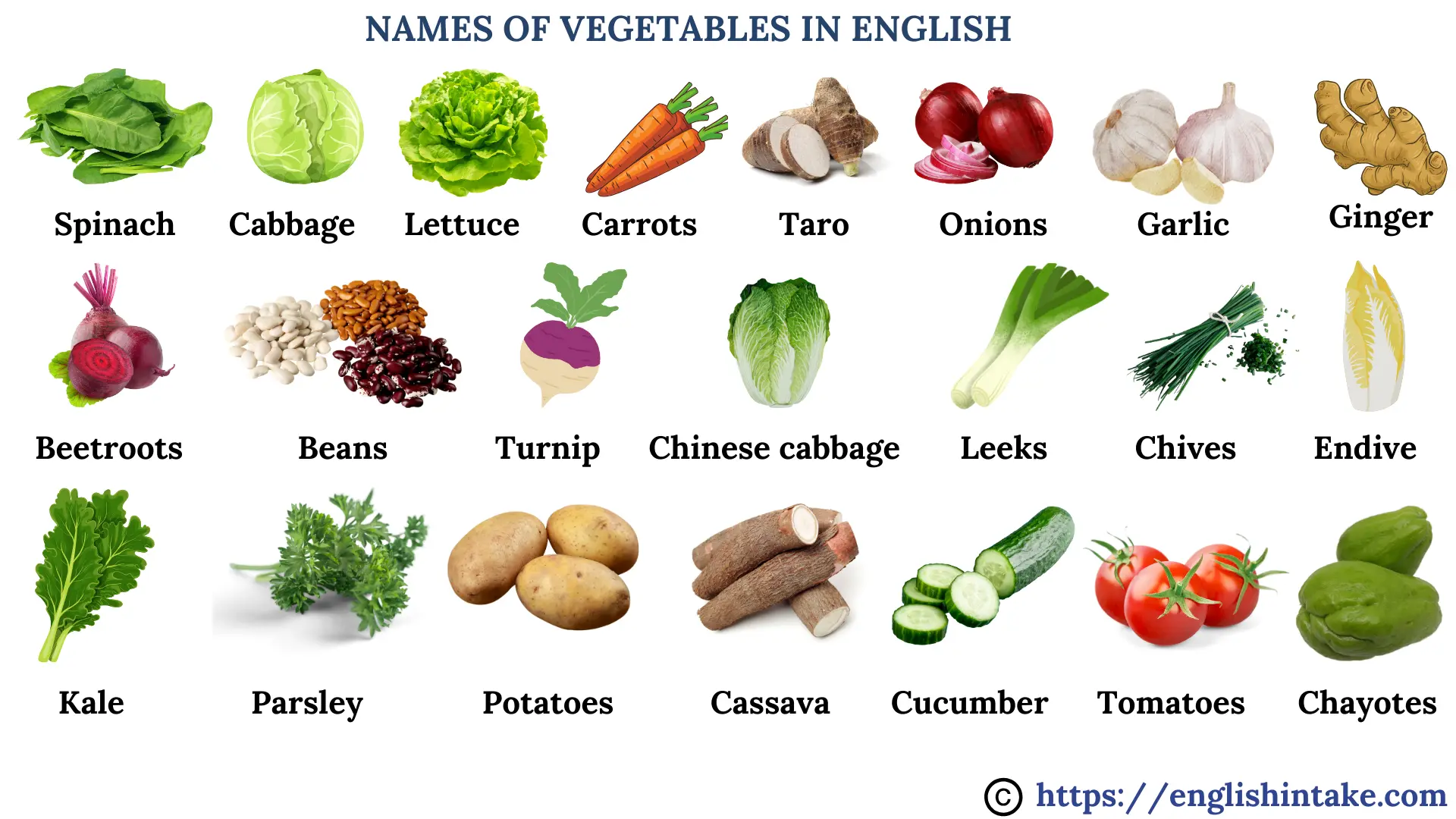
1.1 Leafy greens
Leafy greens are nutrient-dense vegetables characterised by their tender, edible leaves. They are rich in vitamins A, C, and K, as well as folate and fibre.
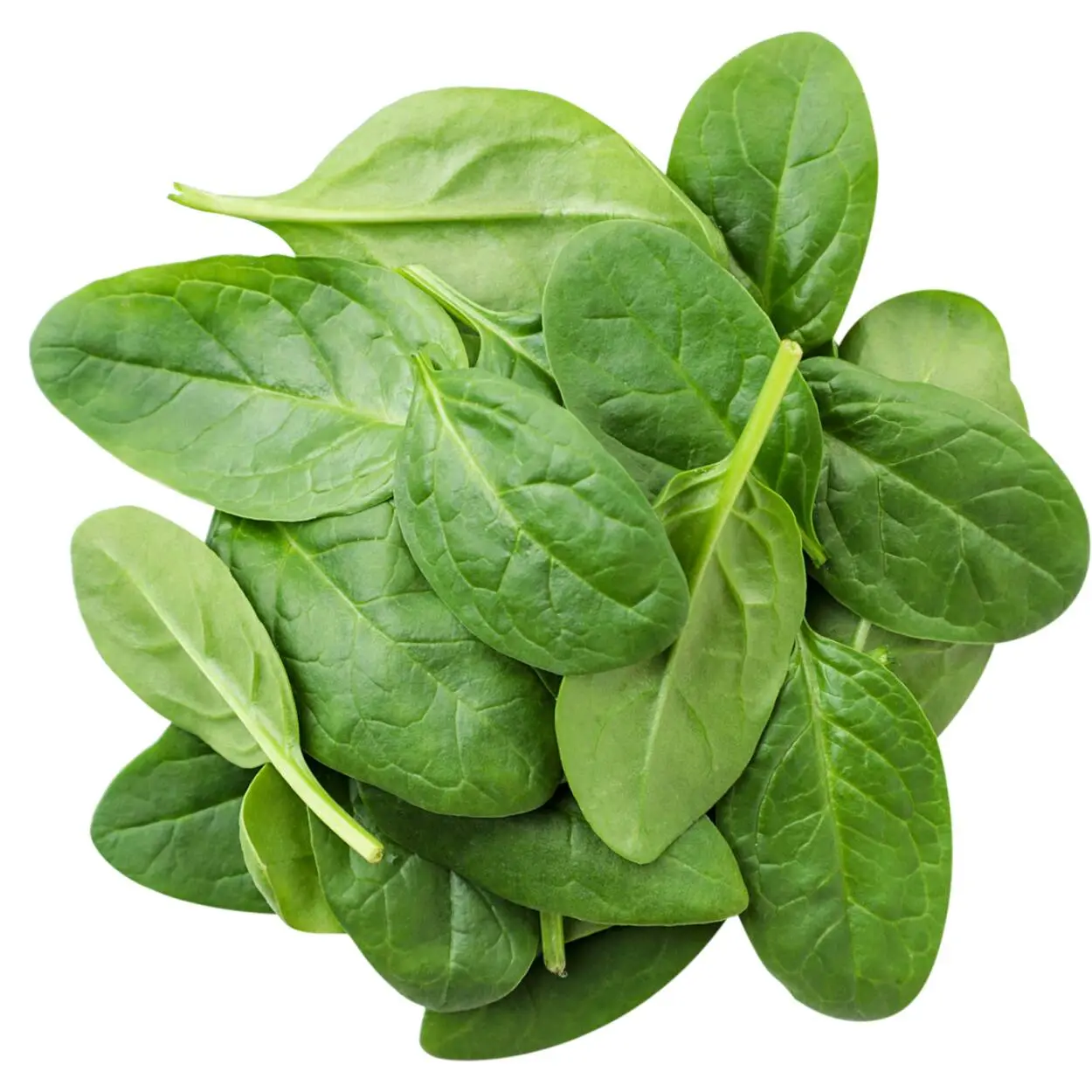
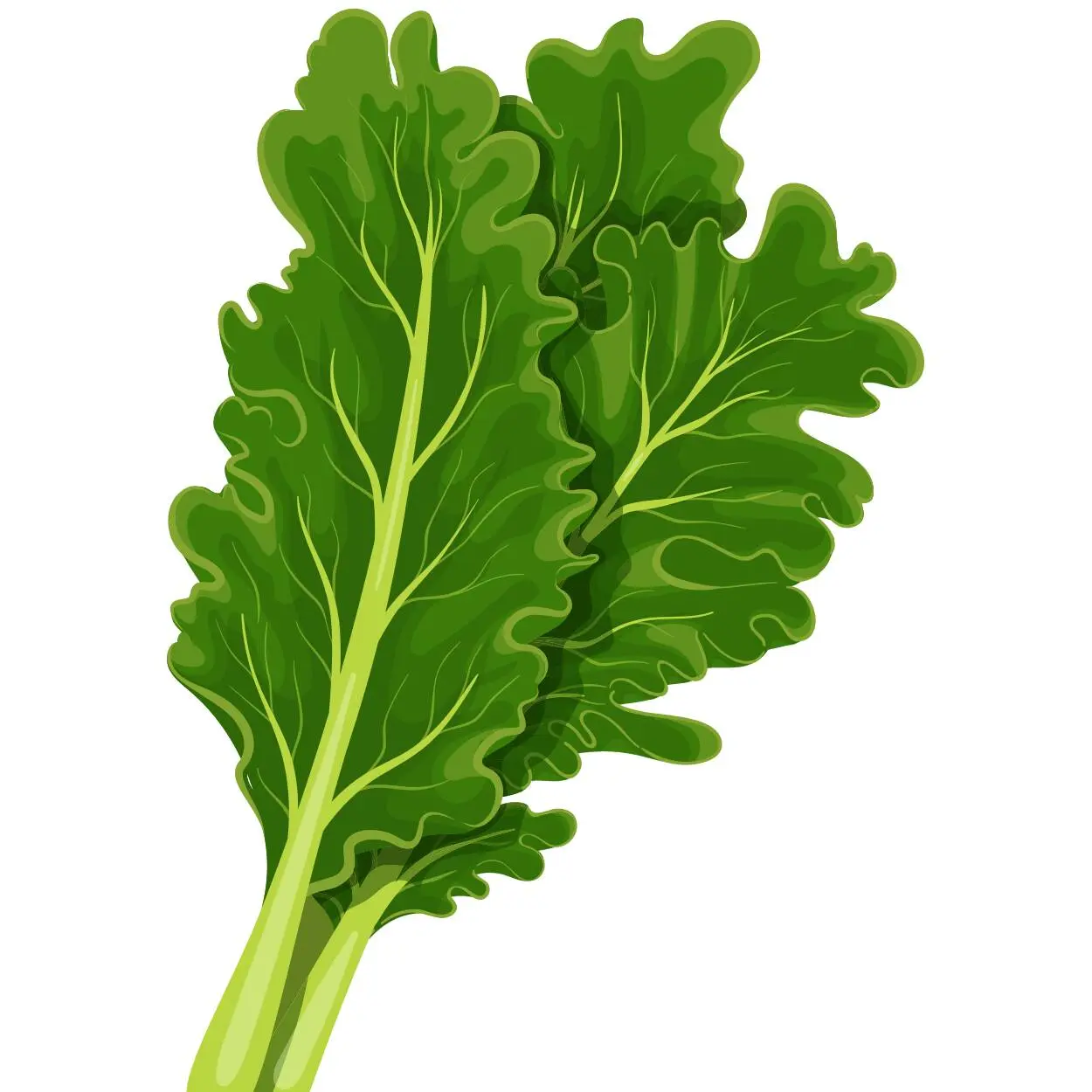
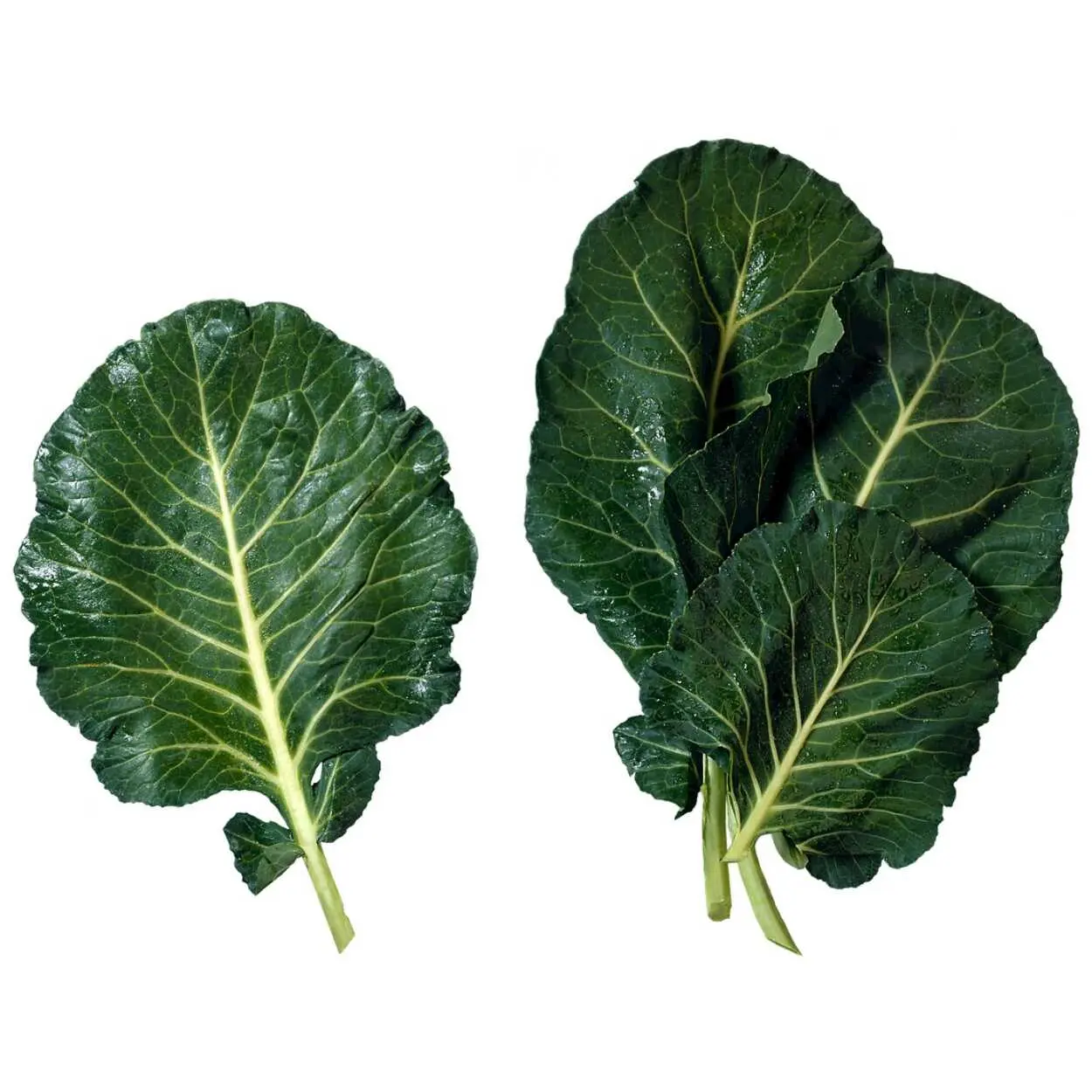
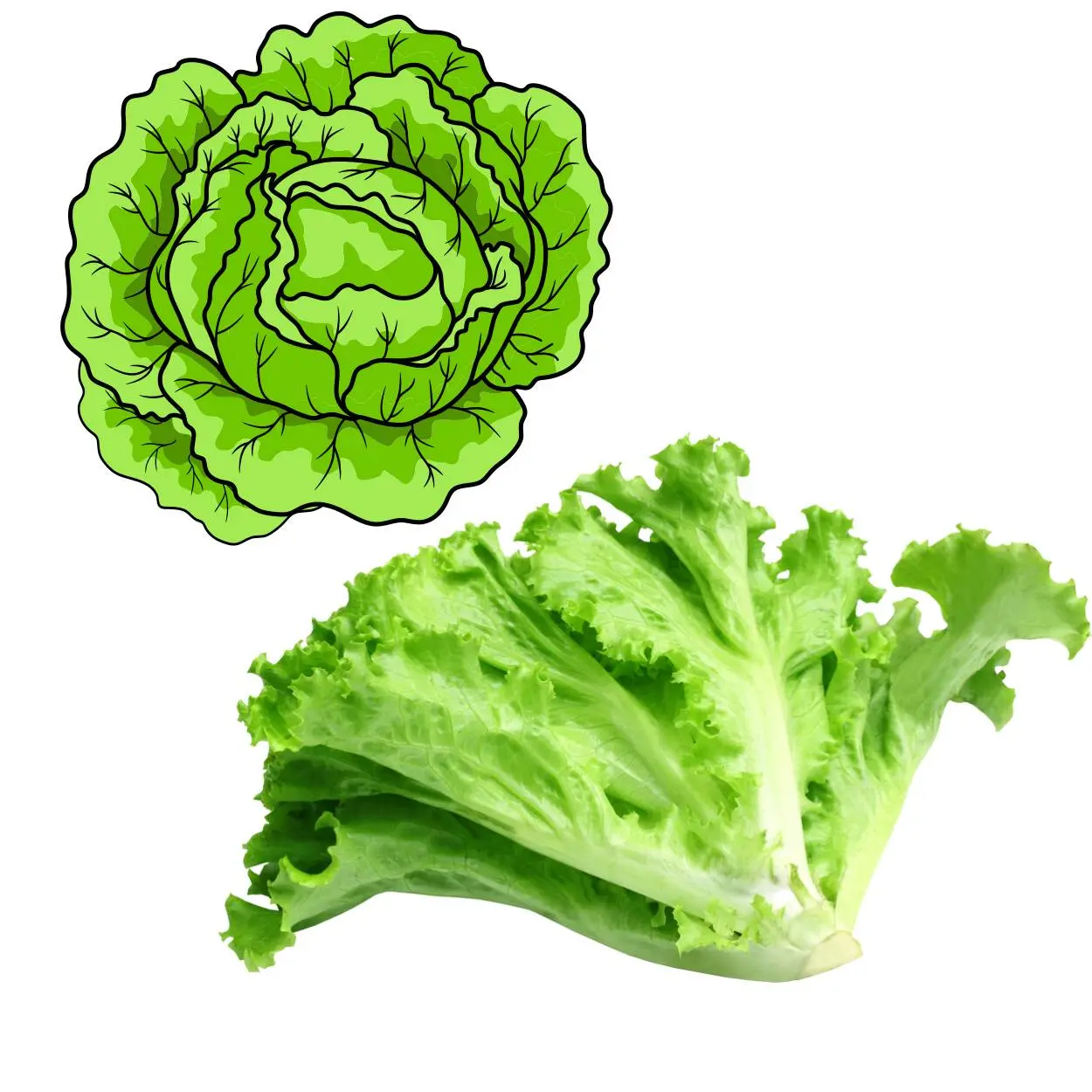
Leafy greens can be used in salads, soups, and stir-fries. They are rich in antioxidants, which help in fighting free radicals in your body. You can eat them raw or cooked.



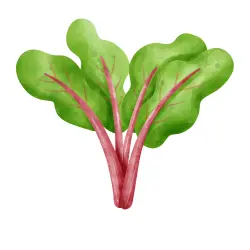
Leafy greens are rich in nitrates, which help relax and widen blood vessels. This enhances blood circulation and can lead to lower blood pressure.


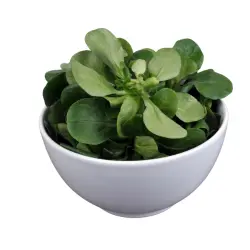

Moringa is a nutrient-rich plant. It has several health benefits. It contains phytochemicals and antioxidants, which help protect your cells from damage, reduce inflammation, and lower the risk of chronic diseases.




The best way to cook vegetables is to steam them. It uses minimal water and gentle heat. It helps in retaining water-soluble vitamins like B and C.
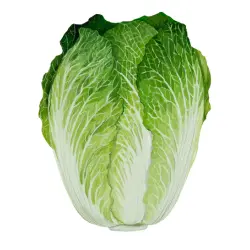
1.2 Root vegetables
Root vegetables grow underground and store nutrients in their edible roots. Carrots, potatoes, beets, and sweet potatoes are root vegetables.


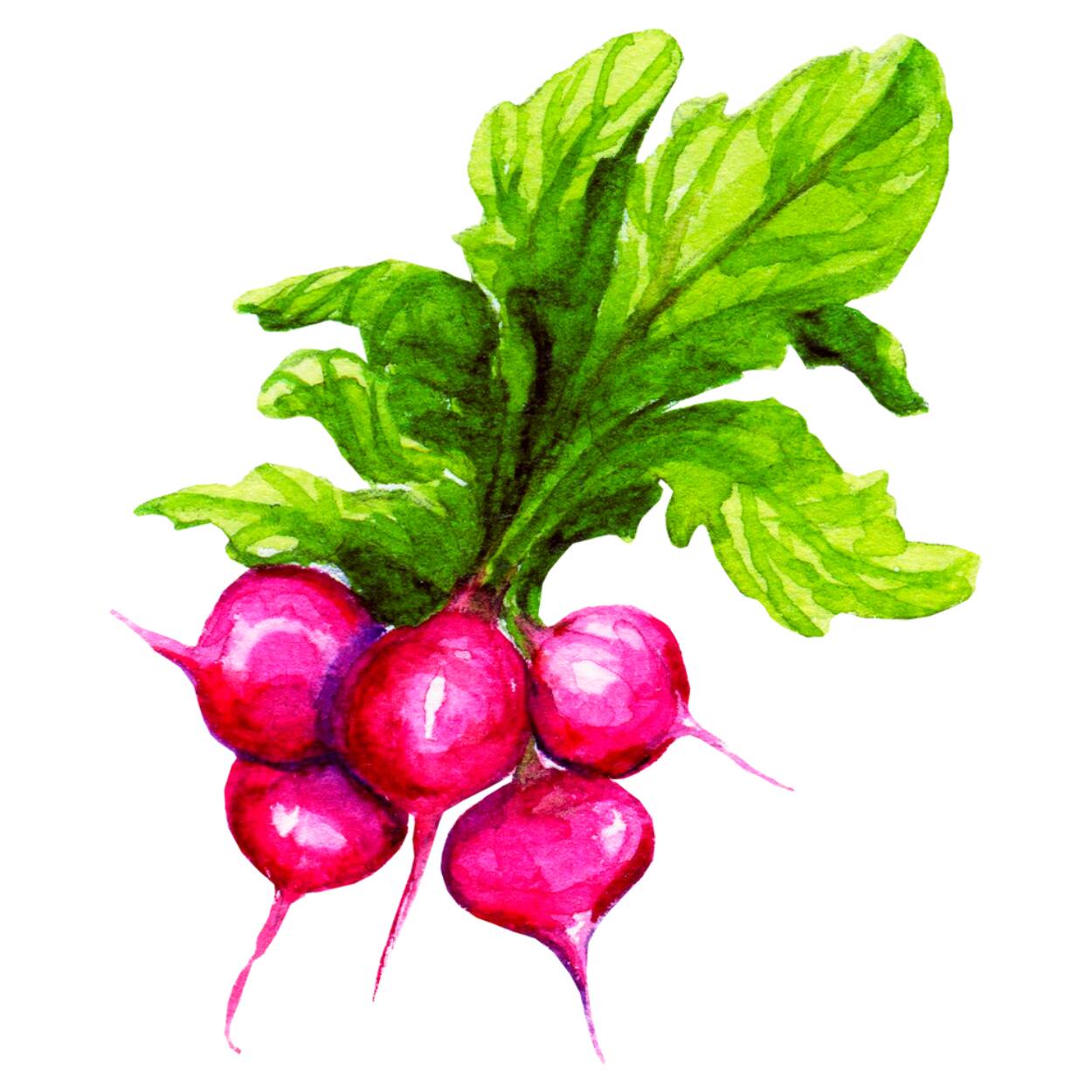
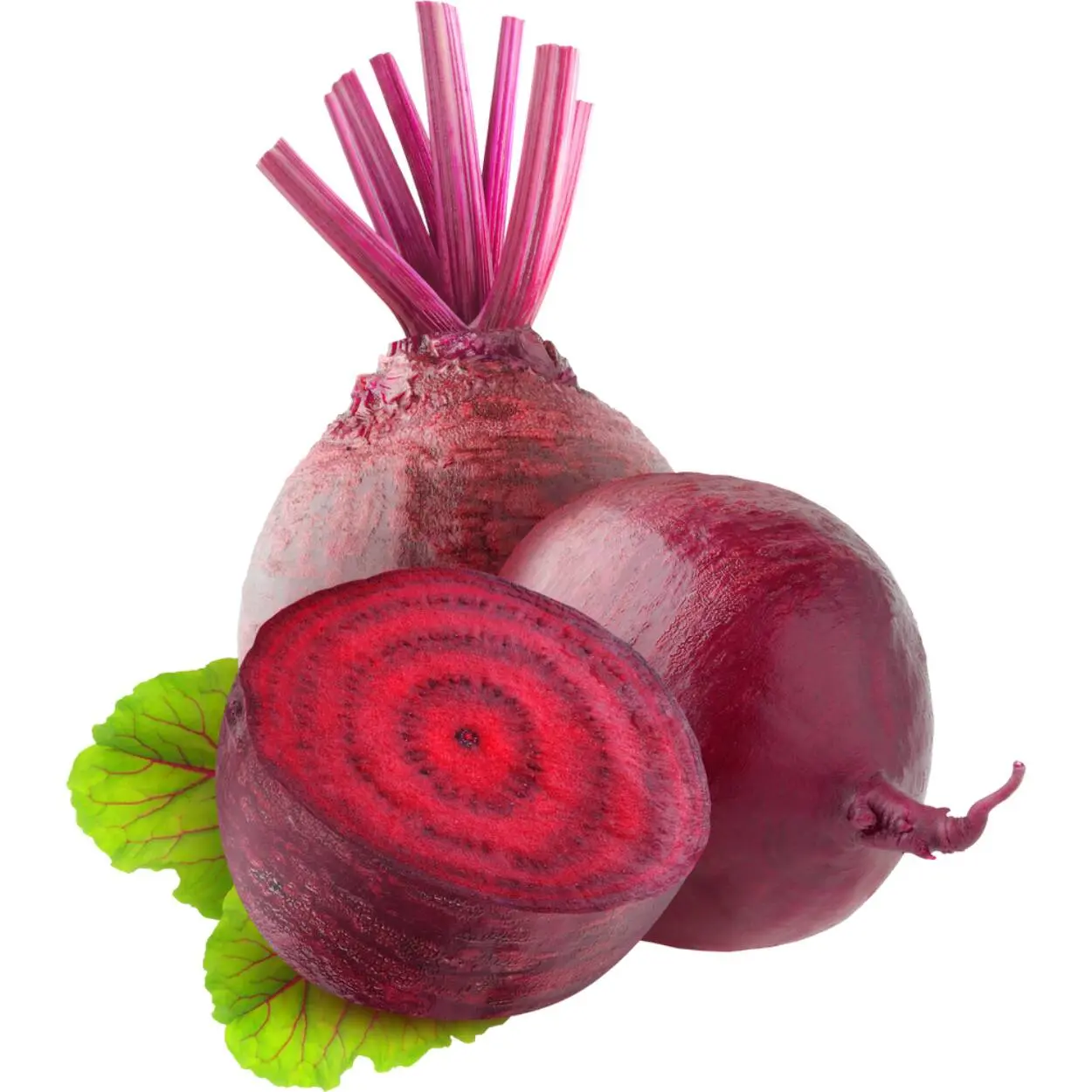
Root vegetables are rich in complex carbohydrates, fibre, and essential vitamins like vitamin C and potassium. You can use them in stews, roasts, and soups. They can grow in various climates, and many countries use them as staple food.
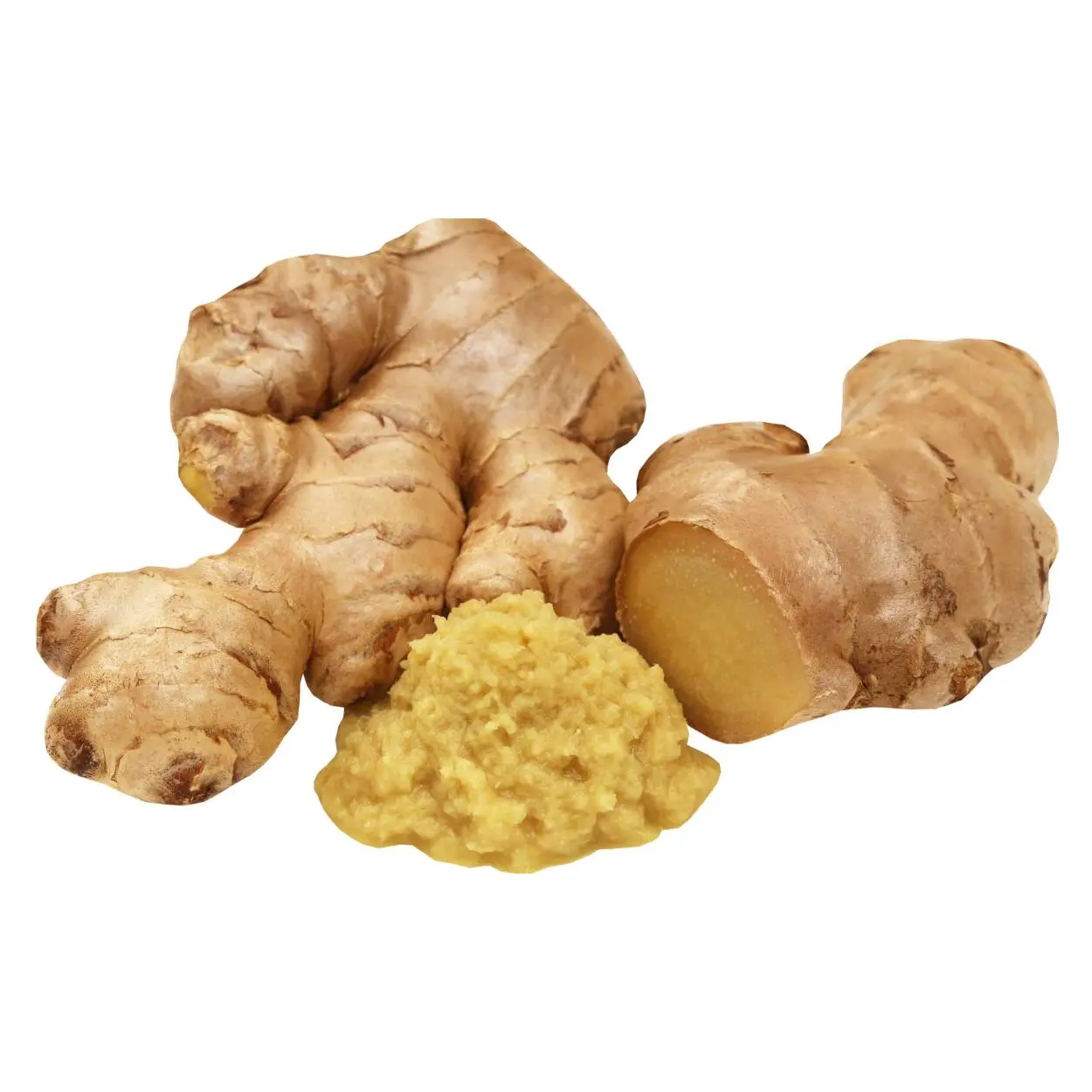
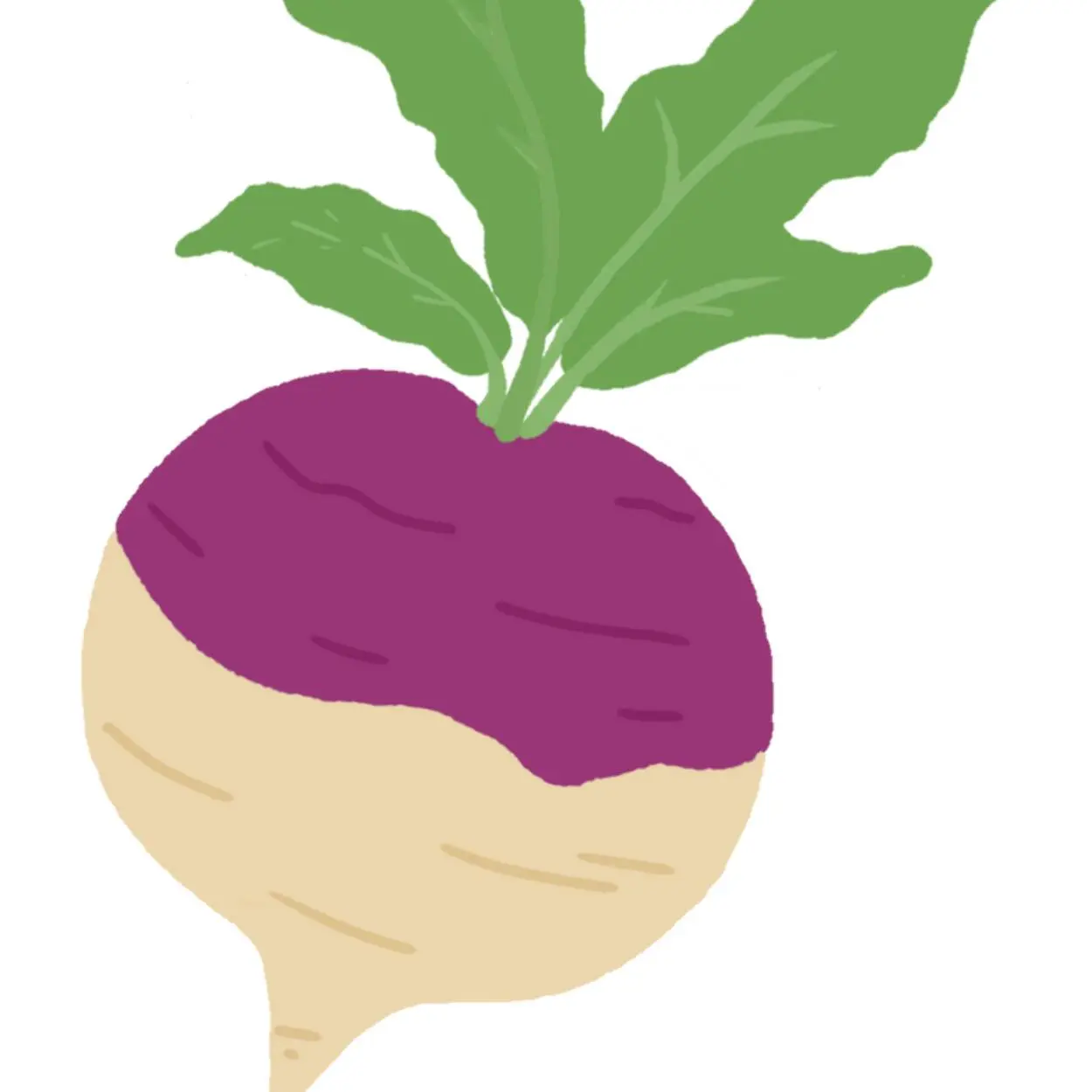

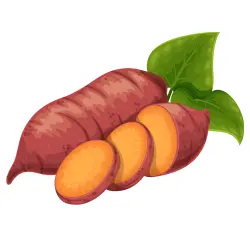
Ginger has been used in traditional medicine for centuries. It contains gingerol, a natural compound with strong anti-inflammatory and antioxidant effects.
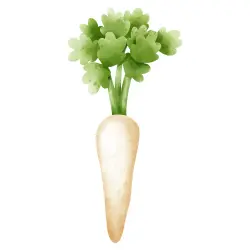
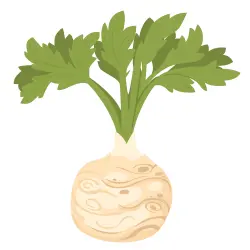


Turmeric is rich in curcumin, a compound known for its strong anti-inflammatory and antioxidant properties.
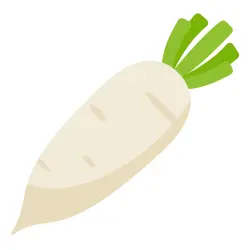

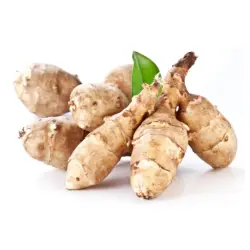
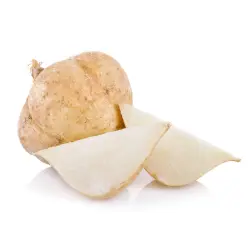
Daikon aids digestion and weight management due to its fiber and low-calorie content.
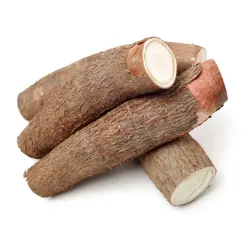
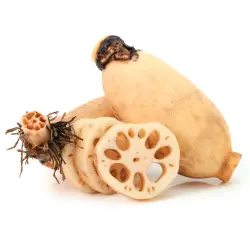


Do you like vegetables? How do you cook them? I like them steamed. What about you?

1.3 Fruiting vegetables
Fruiting vegetables bear seeds and develop from the flowering part of the plant. Tomatoes, bell peppers, cucumbers, and zucchini are fruiting vegetables.




Fruiting vegetables usually contain a high amount of water and provide a good source of vitamins A and C, as well as antioxidants like lycopene. You can eat them raw or cooked.


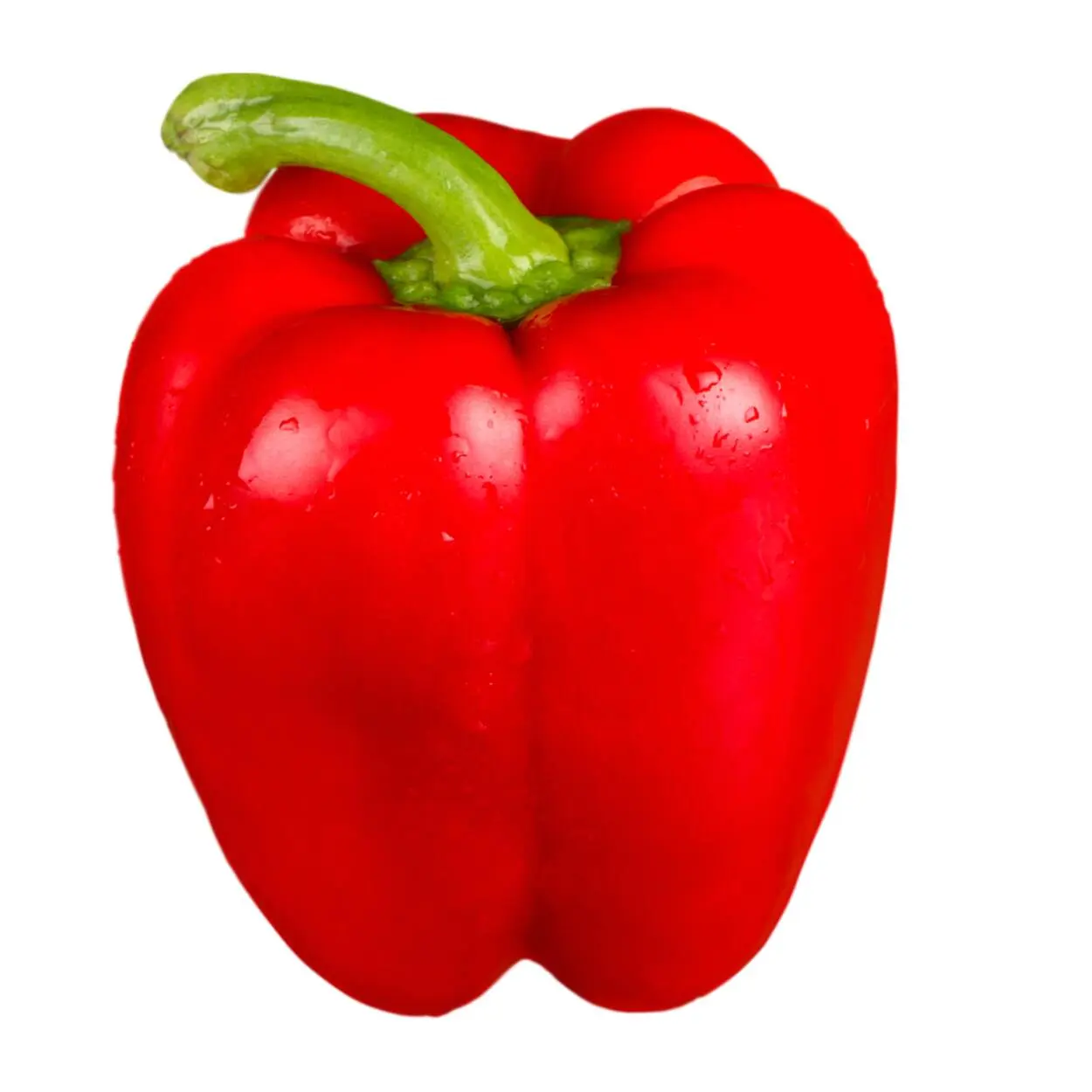
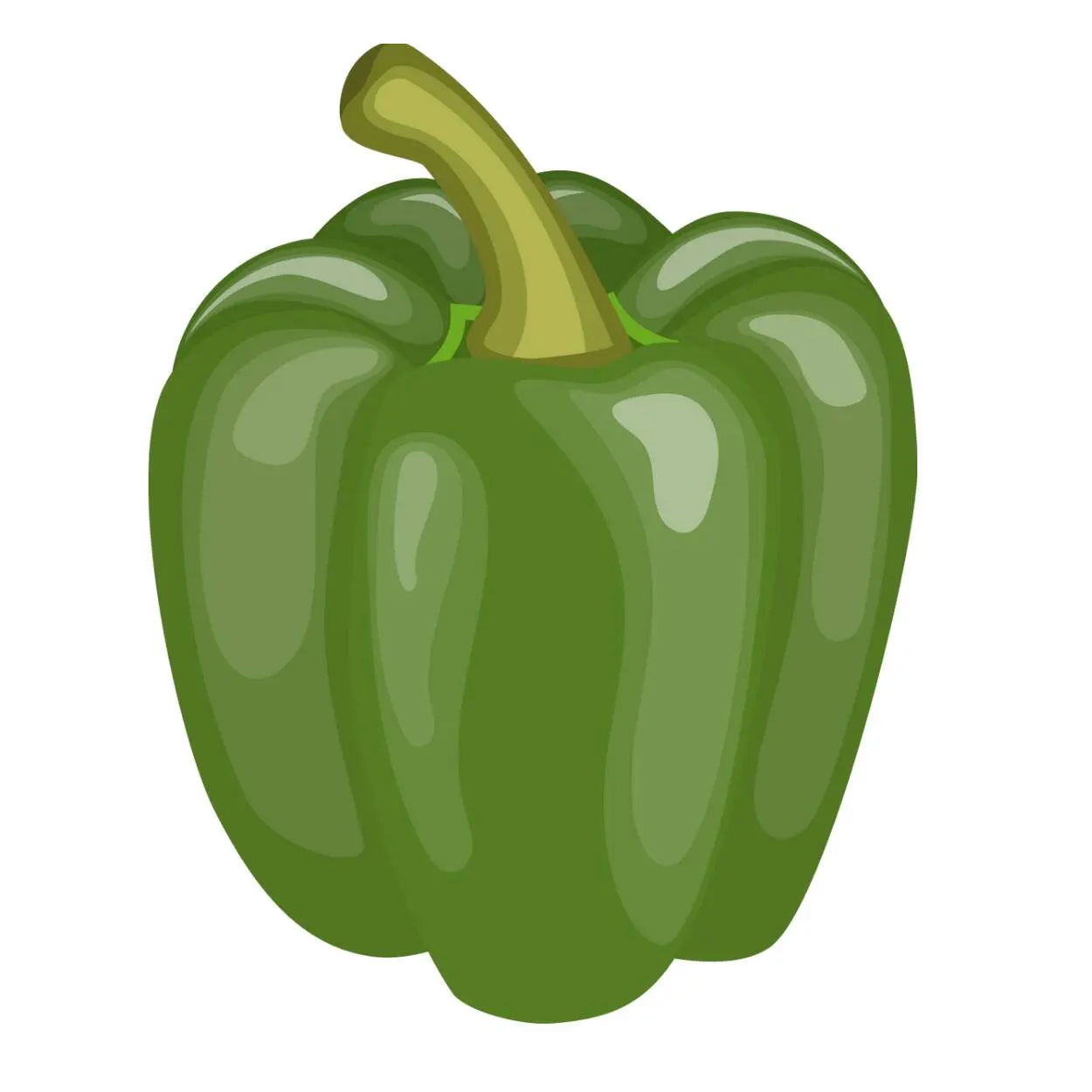
Peppers come in different colours. Their colours indicate different stages of ripeness. Green peppers are the least ripe. As they ripen, they turn yellow, then orange, and finally red.

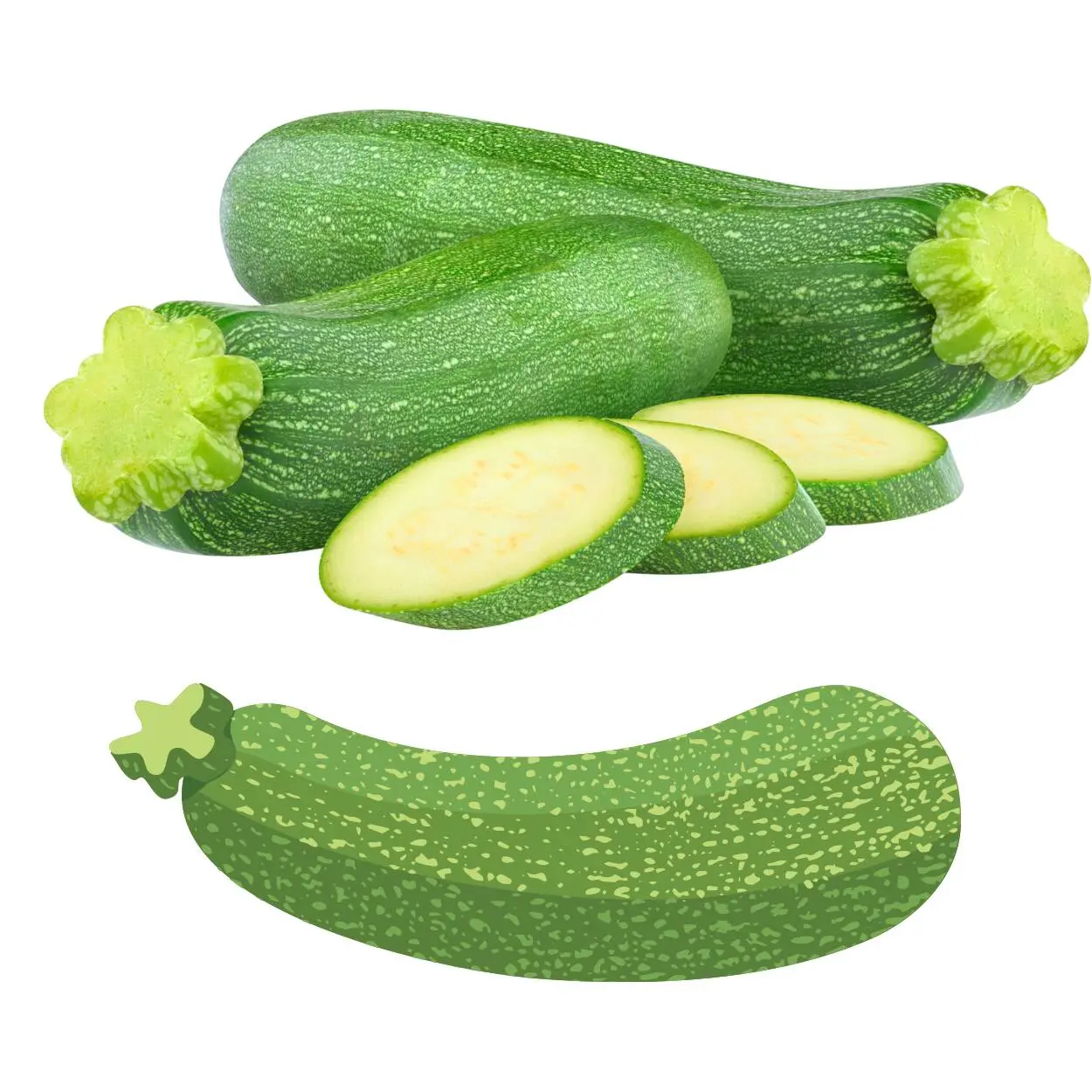
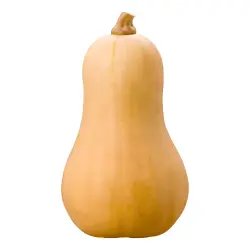
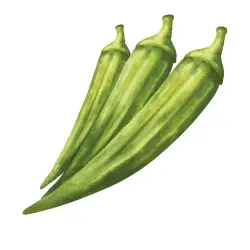
What is your favourite fruiting vegetable? Mine is avocado. I usually eat it plain or add it to salads.
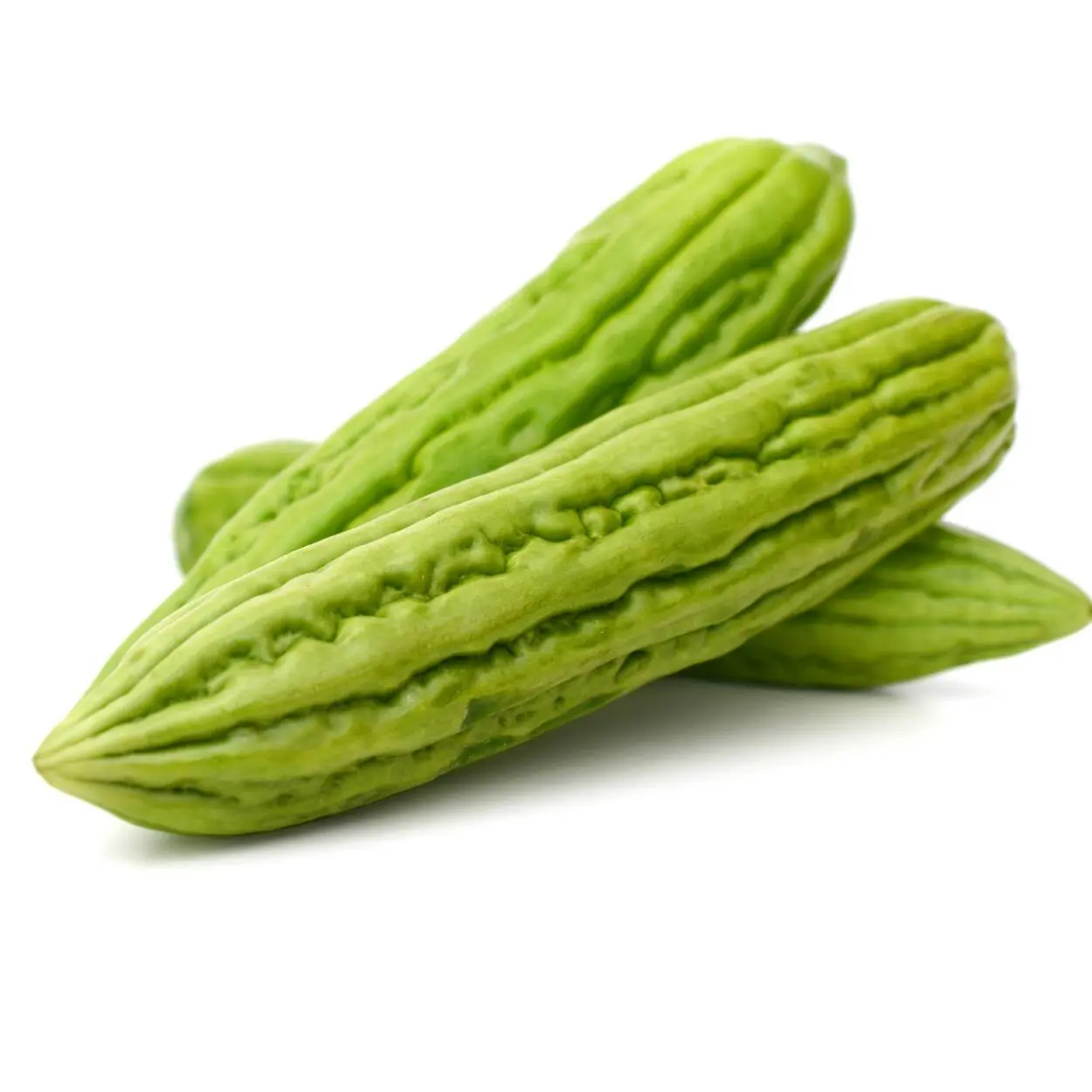
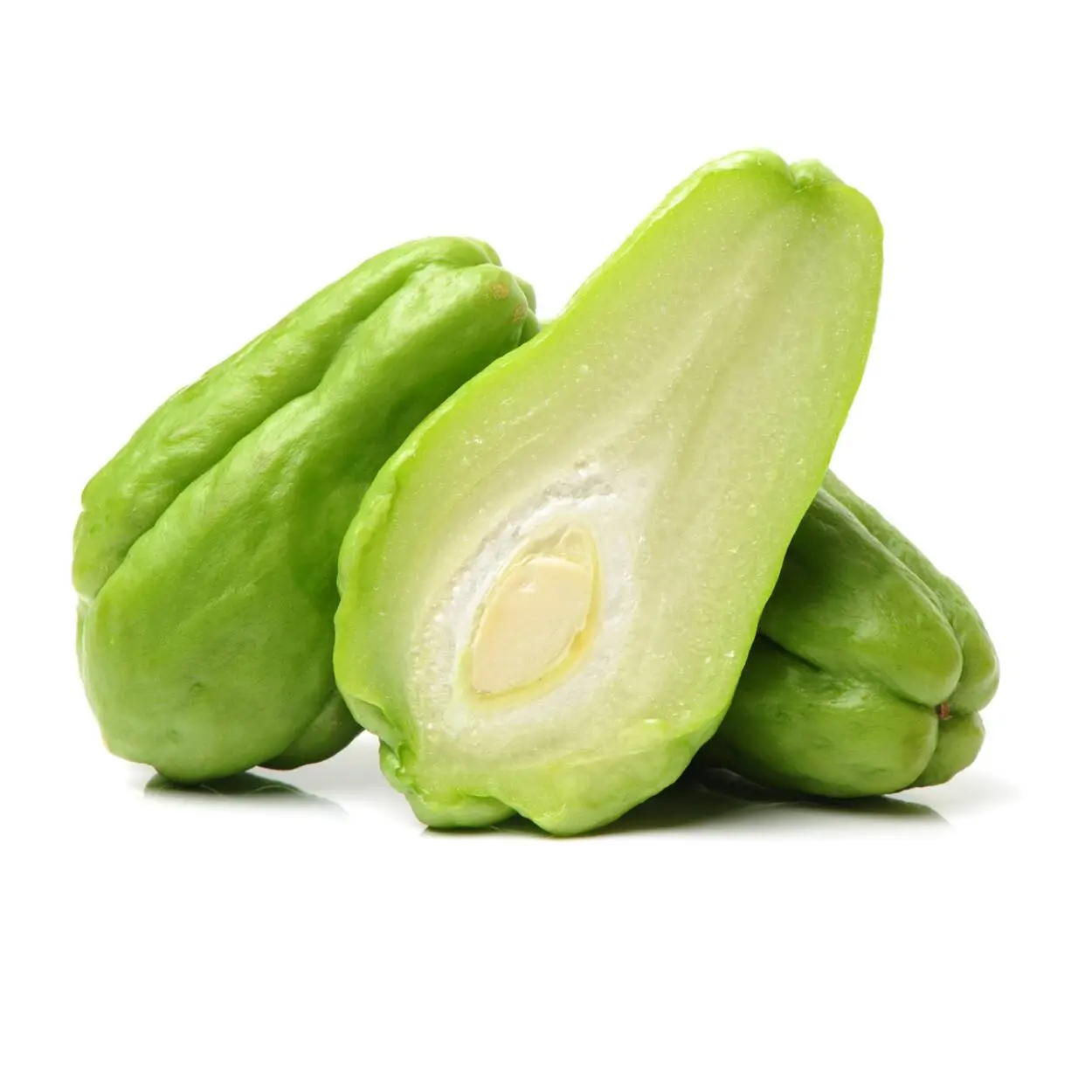

1.4 Cruciferous vegetables
Cruciferous vegetables belong to the Brassica family and are known for their dense nutrients and distinctive taste.
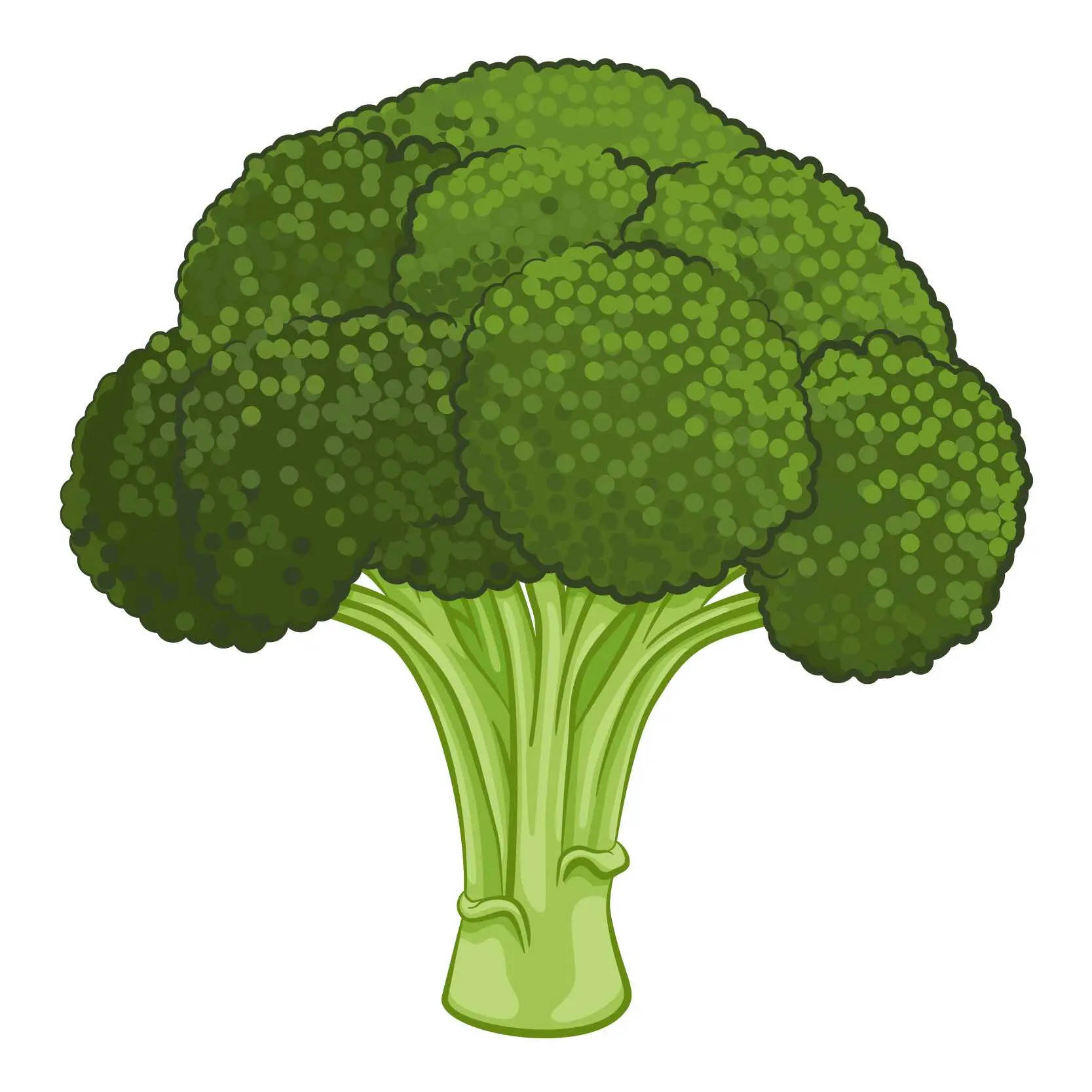
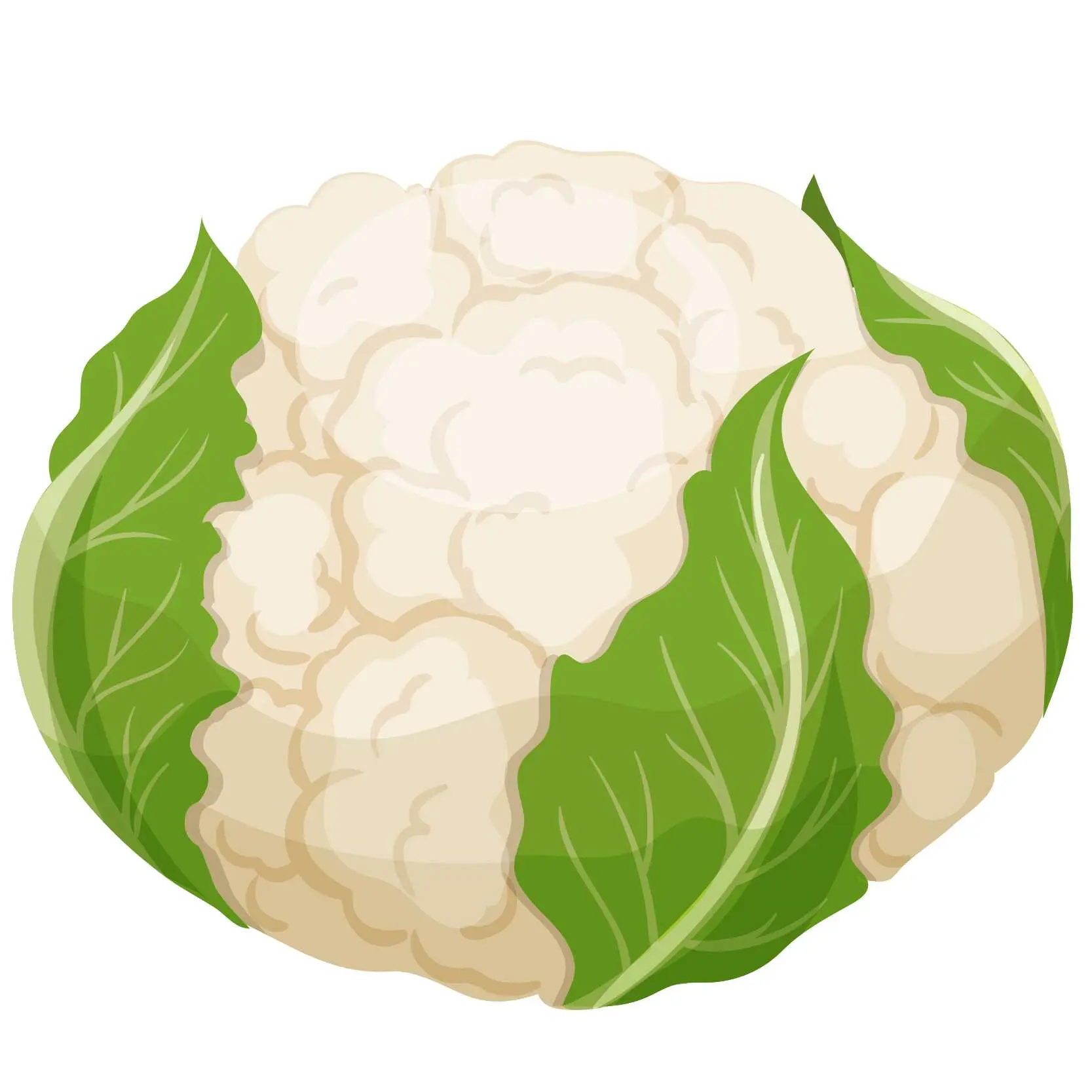

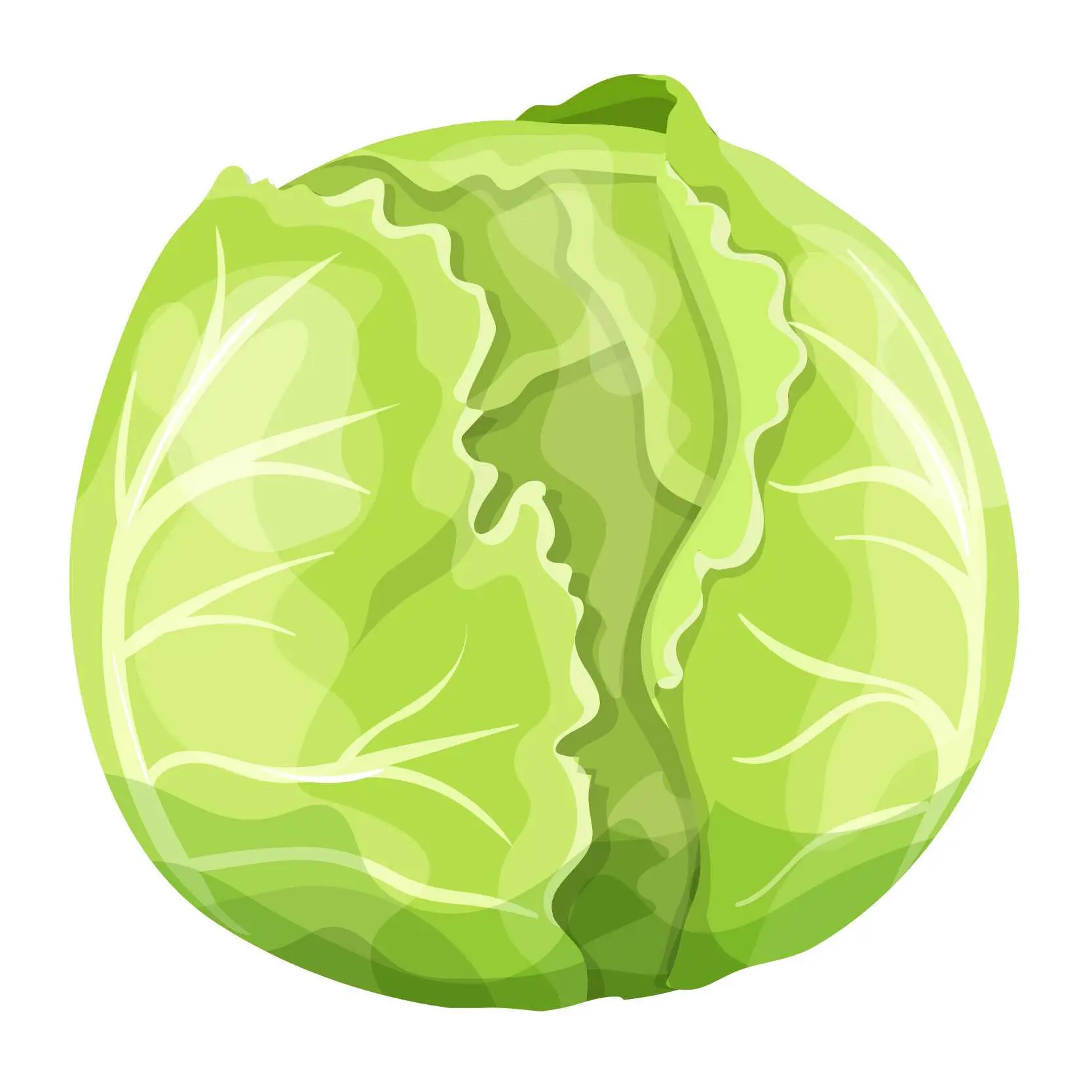
Broccoli looks like a small tree. It is rich in vitamin C, vitamin K, and fibre. You can eat it raw, steamed, or cooked in stir-fries.



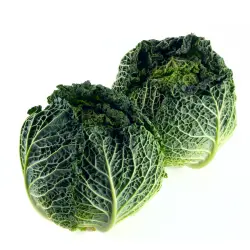
Cruciferous vegetables are rich in fibre, vitamins C and K, and cancer-fighting compounds like glucosinolates. They can be eaten raw, steamed, or roasted.




Watercress grows in wet soil with enough sunlight. It can be grown from seeds or cuttings. It tests best during cool weather before flowering begins.


1.5 Legumes
Legumes produce pods with seeds inside, and are rich in protein and fibre. Lentils, beans, peas, and chickpeas are examples of legumes.
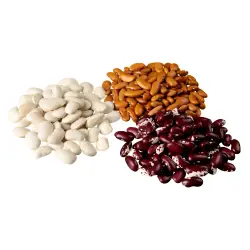
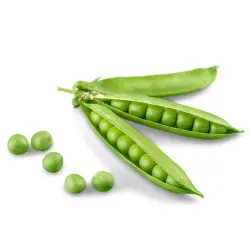
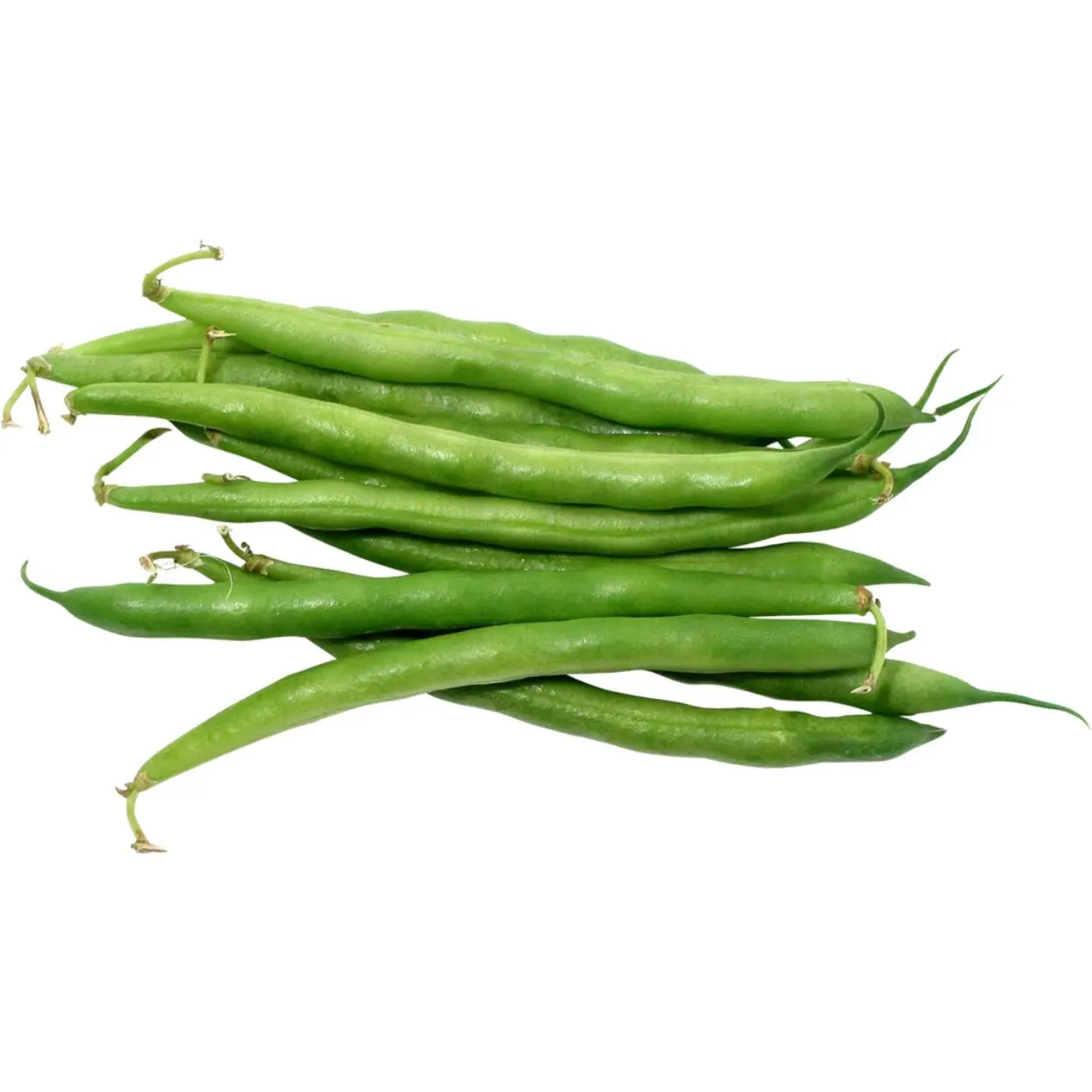
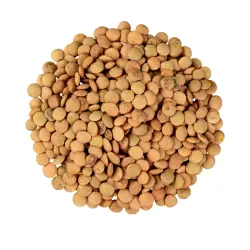

1.6 Alliums
Alliums have pungent flavours and sulfur compounds, which provide health benefits such as boosting immunity and improving heart health.
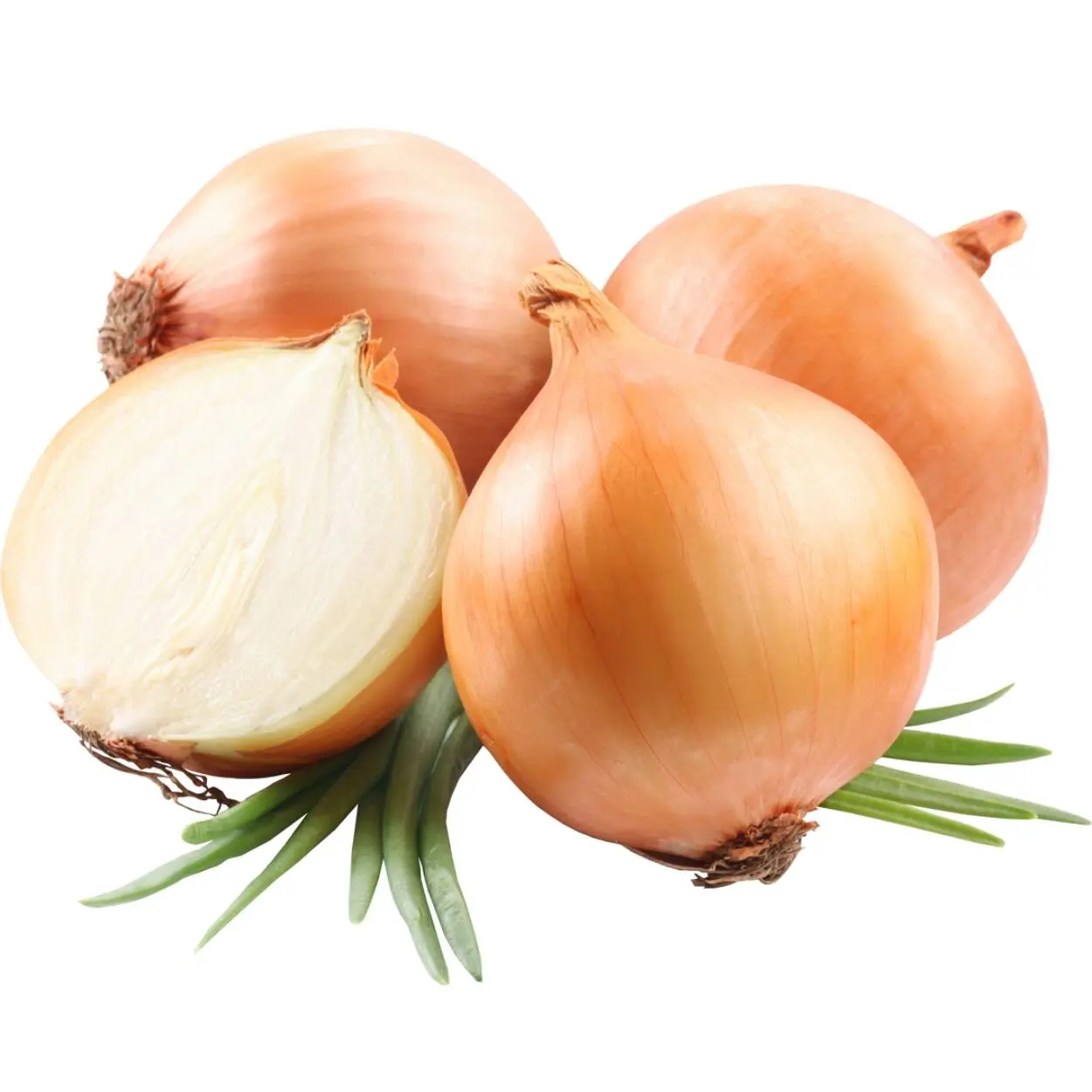


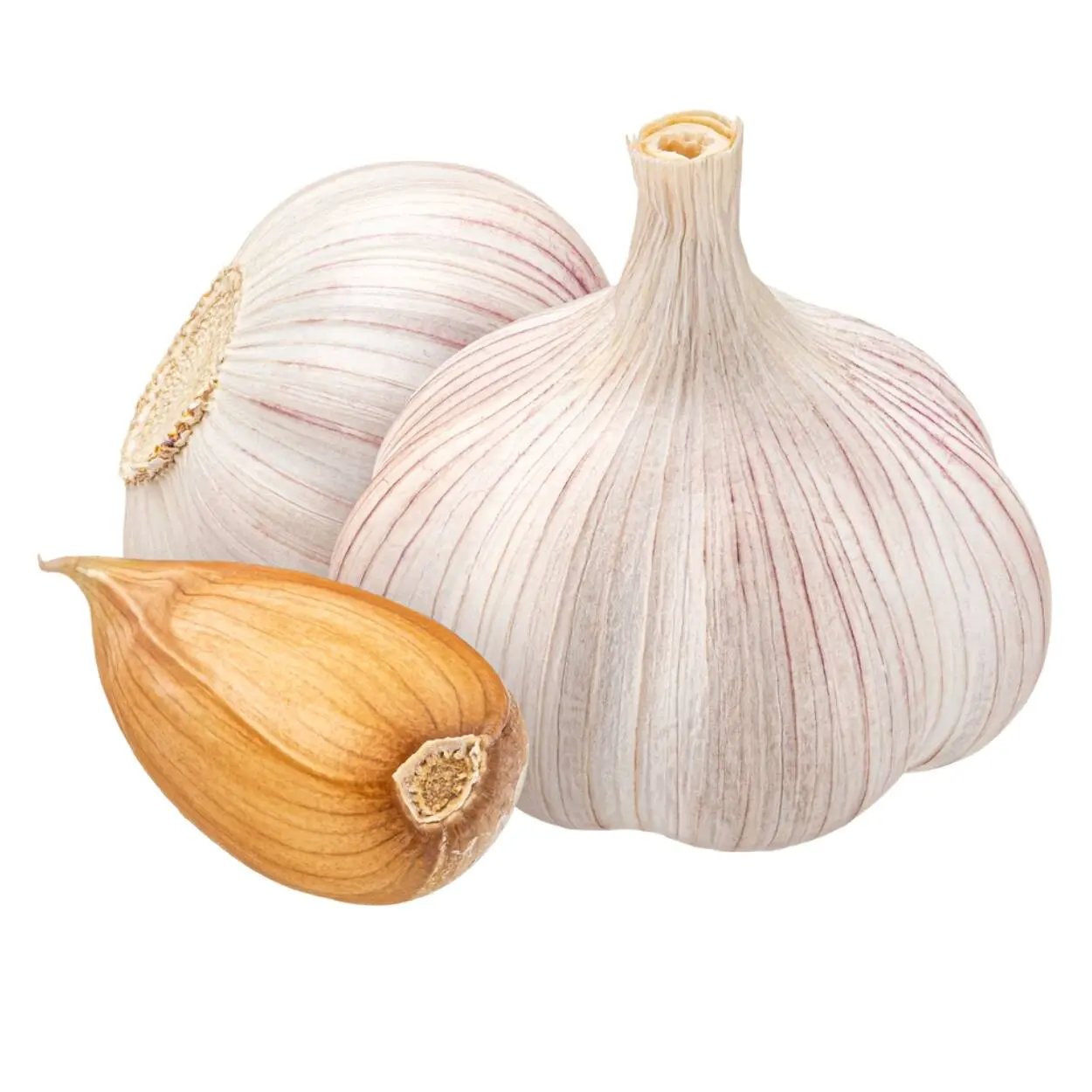
We use alliums to enhance the flavour of dishes. They can be eaten raw or cooked. Garlic has been used for many years as a supplement to boost the immune system.
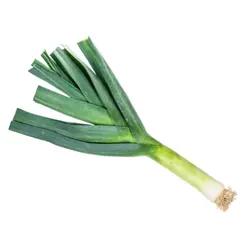
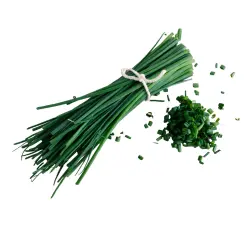
1.7 Herbs
Herbs are aromatic plants used to flavour food, and they often possess medicinal properties.
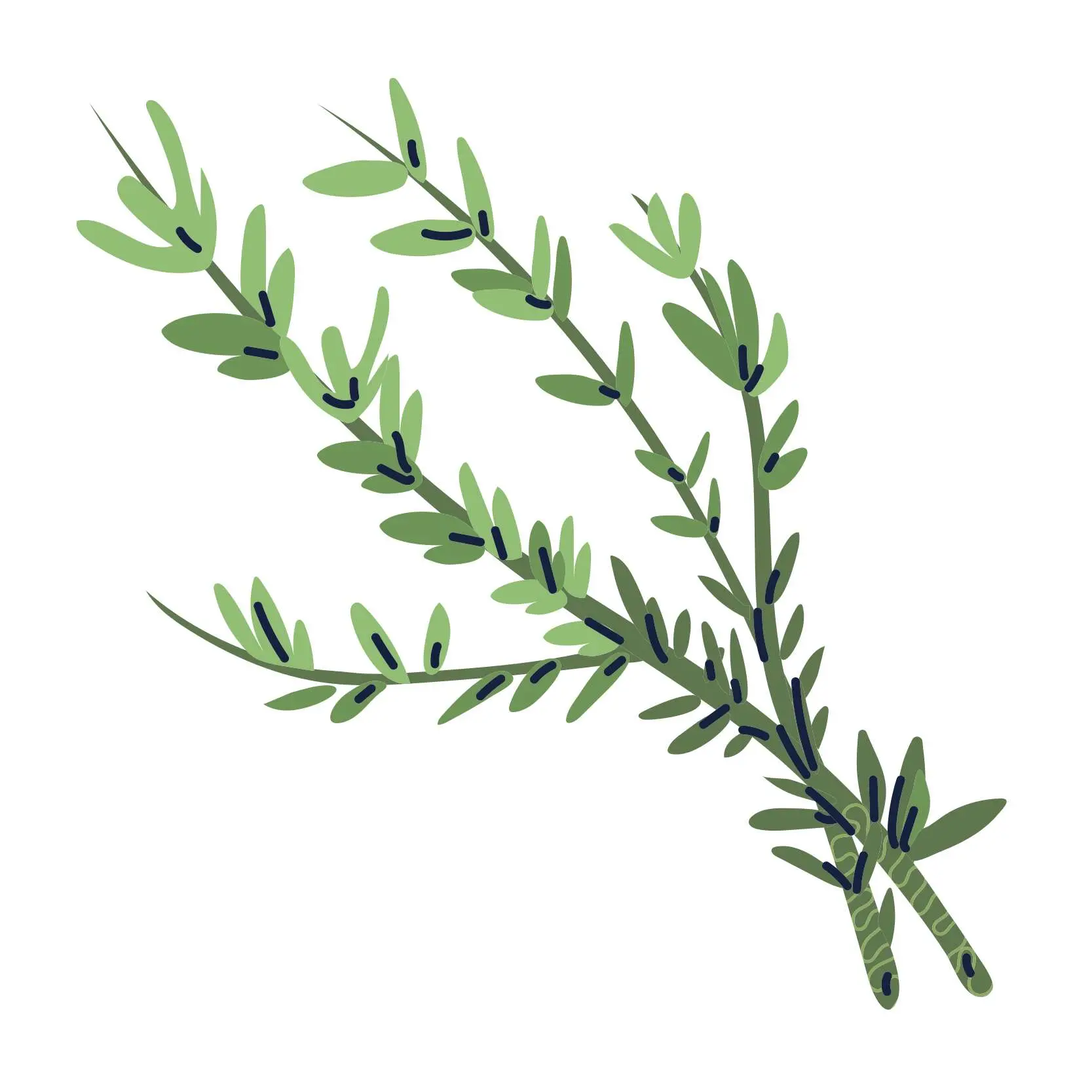
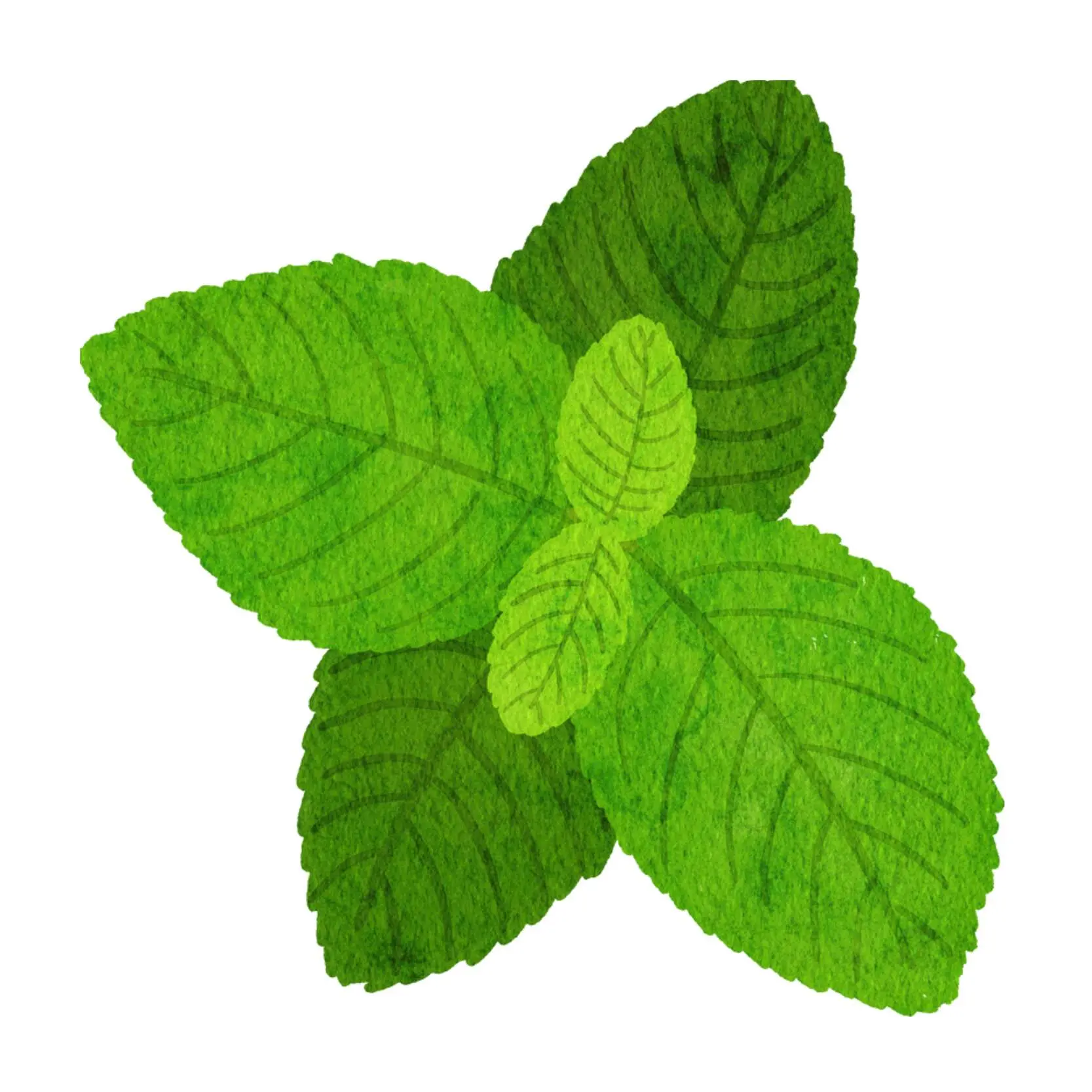

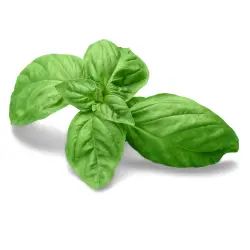
Herbs are rich in antioxidants and essential oils, making them beneficial for digestion and overall health. Besides their culinary uses, herbs can be used in teas, health remedies, and natural skincare products.
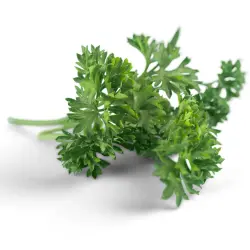
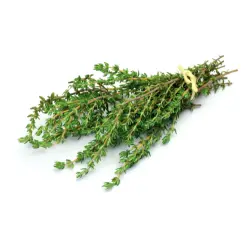

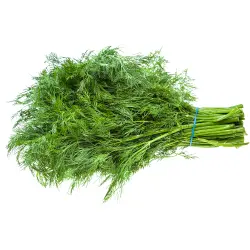
Many herbs have healing properties. They have been used for centuries in herbal medicines. Just like conventional medicines, they can be harmful if not used correctly.
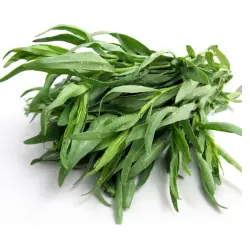

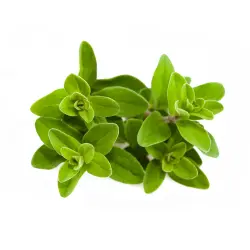
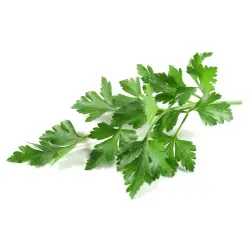
Many companies developing beauty products use herbs to offer natural care for the skin. They are found in creams, lotions, and many other products.

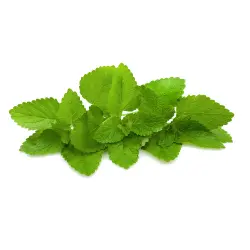
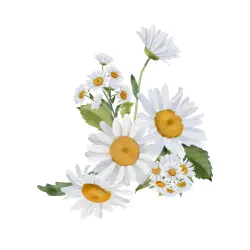

Lavender has many beneficial properties associated with health and beauty. It helps the skin heal faster and reduces scarring from cuts, burns, and bruises.


2. More vocabulary about vegetables
vegetarianA person who does not eat meat or fish, and sometimes other animal products, especially for moral, religious, or health reasons.
veganA person who does not eat or use any animal products, such as eggs, cheese, dairy products, etc.
herbivoreAn animal that feeds on plants.
organic foodFood, including vegetables, grown without the use of synthetic pesticides, chemical fertilisers, genetically modified organisms, or other artificial agents.
